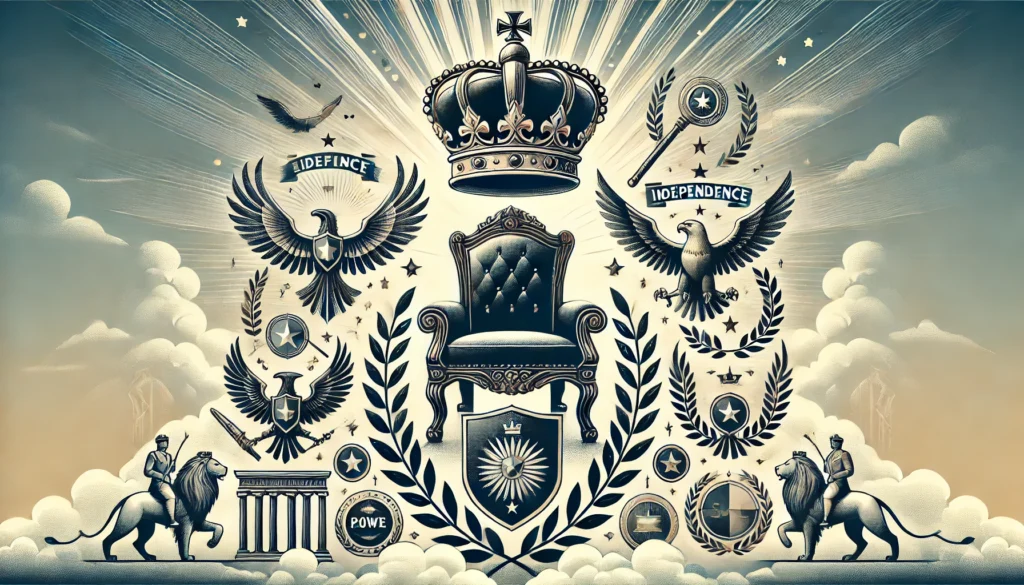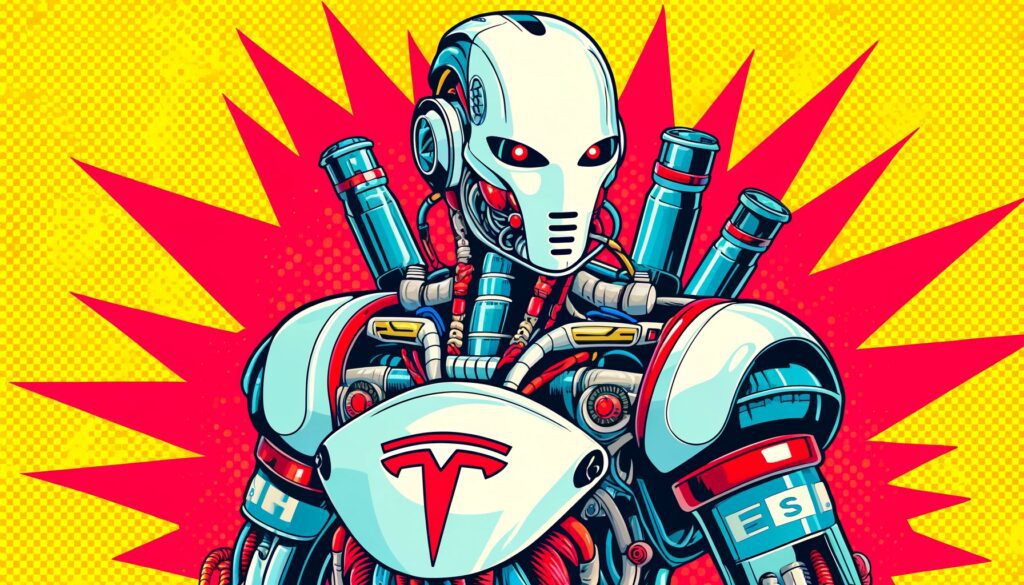
The music industry is undergoing a technological revolution powered by artificial intelligence (AI). This transformation is reshaping how music is created, produced, distributed, and monetized, unlocking new avenues for profitability. But amidst this rapid change, the question arises: How can artists and producers maximize their profits using AI? This deep dive will explore the multifaceted impact of AI on the music industry and provide actionable insights for artists and producers to capitalize on this technological wave.
AI and the Art of Composition: The Birth of a New Composer
Artificial intelligence has entered the realm of music composition, offering tools that can create original music at scale. By leveraging AI, artists can expand their creative output without the constraints of time and resources. Tools like Amper Music and AIVA allow musicians to compose tracks that align with their unique styles while automating the more repetitive aspects of music creation.
Artists can maximize profits by using AI to diversify their musical portfolio. For instance, they can create background scores for video games, films, and advertisements using AI-generated compositions. By tapping into these markets, artists can create additional revenue streams that complement their main releases. Moreover, by using AI to generate music in different genres, artists can reach broader audiences, increasing their fan base and income.
Production and AI: Redefining the Role of the Producer
The production process has been revolutionized by AI tools that streamline everything from mixing to mastering. Producers can now use AI-powered software to achieve high-quality results faster and more efficiently. LANDR is a popular AI mastering service that allows producers to finalize tracks without needing a traditional mastering engineer. This not only saves time but also reduces costs.
To maximize profits, producers should consider offering AI-assisted services to other artists. By integrating AI tools into their workflow, they can handle more projects simultaneously, increasing their output and revenue. Additionally, producers can use AI to experiment with different sounds and styles, creating unique, marketable tracks that stand out in a crowded industry.
AI in Distribution: Navigating the Streaming Era
Streaming platforms like Spotify and Apple Music rely heavily on AI to curate playlists and recommend music to users. Artists can leverage this by understanding how these algorithms work. For example, regularly releasing music that fits into popular playlists can increase an artist’s visibility on these platforms, leading to more streams and, consequently, higher royalties.
To maximize profits, artists should focus on data-driven distribution strategies. By analyzing streaming data, artists can identify which songs are performing best and tailor their future releases accordingly. This data can also inform decisions about tour locations, merchandise, and promotional efforts, ensuring that resources are allocated effectively to maximize revenue.
Can AI Help in Discovering New Musical Talent?
Traditionally, talent discovery has been a labor-intensive process, relying on scouts, word-of-mouth, and industry connections. However, AI is now changing the game by analyzing vast amounts of data from social media, streaming platforms, and even live performances to identify emerging artists who might otherwise go unnoticed.
AI algorithms can sift through this data to detect patterns in popularity, fan engagement, and musical uniqueness, allowing record labels and talent agencies to identify promising new artists earlier and more efficiently. Tools like Sodatone, acquired by Warner Music Group, use AI to track social media buzz and streaming data, helping labels spot up-and-coming stars before they hit the mainstream.
For independent artists, this represents a significant opportunity. By understanding how AI works in talent discovery, they can tailor their strategies to increase their visibility in the digital landscape. This might involve optimizing their social media presence, engaging more effectively with fans online, or strategically releasing music to capture the attention of these AI tools.

AI-Driven Marketing: Targeting the Right Audience
Marketing in the music industry has become more sophisticated thanks to AI. Tools like ToneDen use AI to create targeted marketing campaigns based on an artist’s fanbase and online engagement. By analyzing data from social media, streaming platforms, and online interactions, AI can identify potential fans and create personalized marketing strategies that resonate with them.
Artists and producers can maximize profits by embracing AI-driven marketing. Instead of relying on broad, generic campaigns, they can use AI to target specific demographics that are most likely to engage with their music. This approach not only increases the effectiveness of marketing efforts but also ensures that budgets are used more efficiently, leading to higher returns on investment.
Monetizing AI-Generated Content: New Revenue Streams
One of the most exciting opportunities presented by AI is the ability to generate music that can be licensed for various uses. AI-generated music is particularly well-suited for applications where the demand for music is high, but the budget is limited, such as in the creation of content for YouTube videos, podcasts, and corporate presentations.
Artists and producers can capitalize on this by creating AI-generated music libraries and licensing these tracks to content creators, advertisers, and other industries. This can be done through platforms like Artlist or AudioJungle, where royalty-free music is in constant demand. By offering a variety of tracks that cater to different needs, artists can create a passive income stream that requires minimal ongoing effort.
Collaborating with AI: Enhancing Creativity and Efficiency
AI is not just a tool for automation; it can also be a creative partner. By collaborating with AI, artists can push the boundaries of what is musically possible. AI can suggest chord progressions, melodies, and even lyrics, sparking new ideas that artists might not have considered otherwise.
To maximize profits, artists should view AI as a collaborator rather than a competitor. By integrating AI into their creative process, they can produce innovative music that stands out in a crowded market. Additionally, by experimenting with AI-generated music, artists can tap into new genres and styles, attracting different audiences and increasing their overall market appeal.
AI in Financial Management: Optimizing Revenue Streams
Financial management is a critical aspect of any successful music career, and AI can play a significant role here as well. Tools like Royalty Exchange and Stem use AI to analyze royalty streams and offer insights into how artists can maximize their earnings. These platforms provide transparency and control, allowing artists to make informed decisions about their income and investments.
To maximize profits, artists should use AI to manage their finances more effectively. By analyzing data on streaming revenues, merchandise sales, and touring income, AI can help artists identify the most profitable aspects of their careers and optimize their strategies accordingly. This data-driven approach ensures that artists can focus on the areas that offer the highest returns, maximizing their overall profitability.
Ethical Considerations: Navigating the AI Landscape
While the benefits of AI are clear, it’s essential for artists and producers to navigate the ethical considerations carefully. Issues like authorship, copyright, and the potential loss of human creativity are significant concerns. To maximize long-term profits, artists should engage with these issues proactively, ensuring that they retain control over their creative output and that AI is used to enhance, rather than replace, human artistry.
By staying informed about the latest developments in AI and its impact on the music industry, artists and producers can position themselves to take advantage of new opportunities while safeguarding their creative integrity.
Conclusion: Harnessing AI for Maximum Profitability
The integration of artificial intelligence into the music industry is not just a passing trend—it’s a profound shift that offers both challenges and opportunities. For artists and producers, the key to maximizing profits lies in understanding and leveraging the full potential of AI. From composition and production to distribution and marketing, AI offers tools that can enhance creativity, efficiency, and profitability.
By embracing AI as a collaborator, optimizing their use of data, and exploring new revenue streams, artists and producers can thrive in this evolving landscape. The future of the music industry is one where human creativity and AI work together in harmony, creating a new symphony of success.
OpenAI’s MuseNet
Learn more about how AI is creating music across different genres and how artists can use this tool in their compositions.





